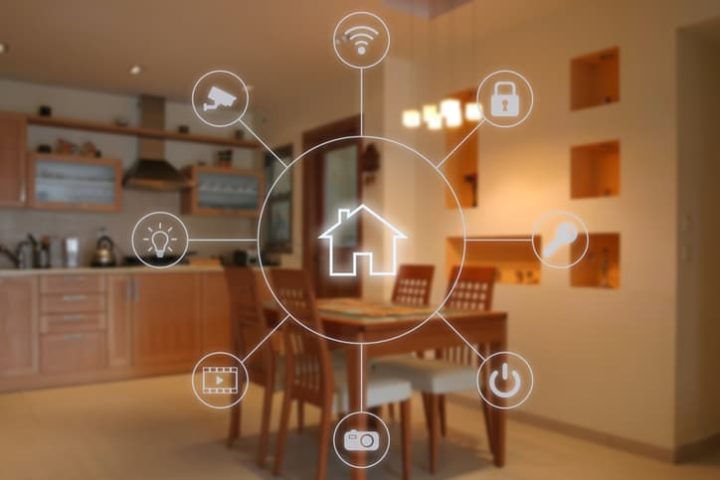What you can automate
Because there are so many types of smart devices, you have nearly endless possibilities of what you can automate in your home. But once you’ve got the basics down—having lights turn on when you enter your study, for example—you’ll find there are many more ways to improve your home with
home automation devices.
Home security
For starters, you can make your home safer. Doorbell cameras, smart locks, window sensors, and more help keep your home secure. Plus, many home security systems will do some of the heavy lifting for you with professional monitoring. These are some of our favorites:
Energy efficiency
Some smart home products, like the
Nest Thermostat, learn your habits and make adjustments accordingly. You can also program a smart thermostat to turn off when you’re not home and smart lights to sense when you’ve left the room and adjust accordingly.
Safety
Some smart devices can monitor your environment and alert you about potential hazards:






